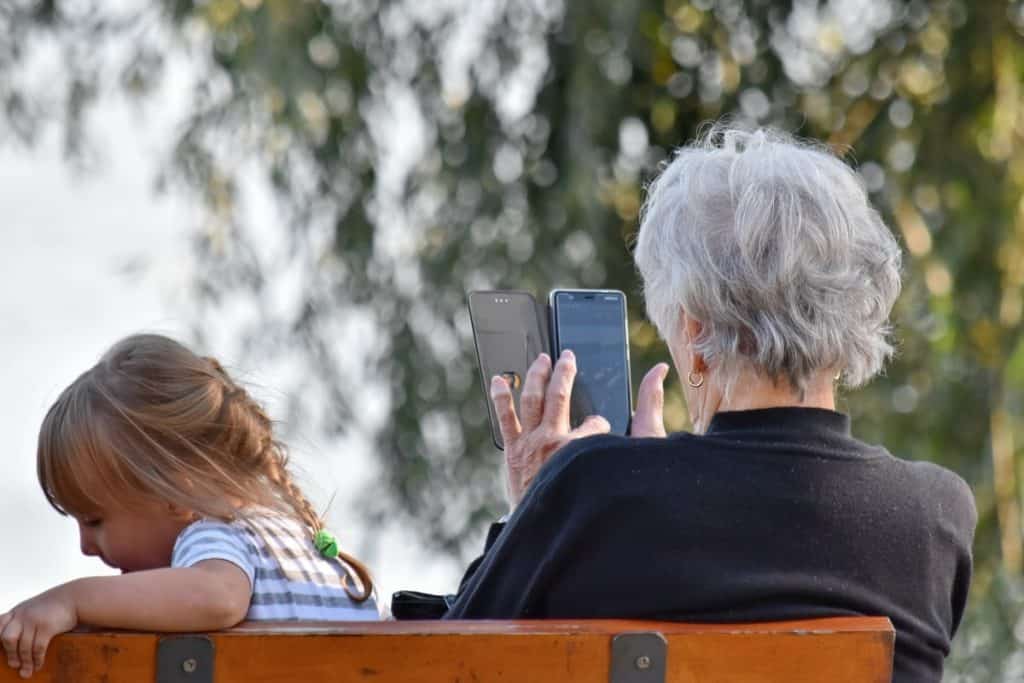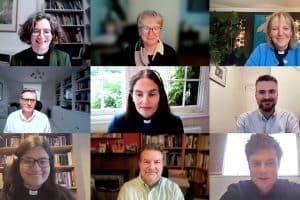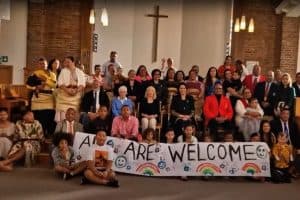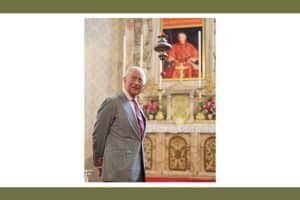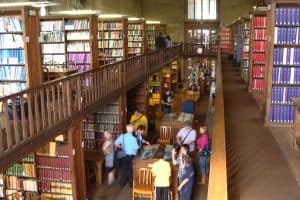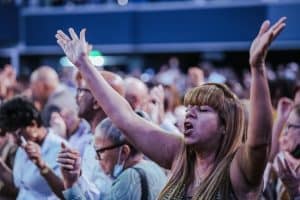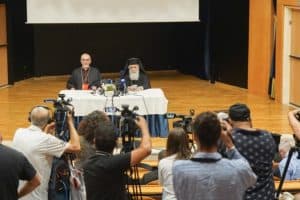By Lianne Kolirin
The coronavirus has shut all Britain’s places of worship and their doors remain closed to all who pray. It’s time to use your phone. The Church of England has launched a dial-a-prayer service.
The national phoneline, named Daily Hope, offers music, prayers and reflections as well as full worship services from the Church of England at the end of a telephone line.
Available 24 hours a day, the phoneline aims to act as a lifeline for many isolated at home. While churches up and down the country are now running services and online prayer groups, the service hopes to assist those without internet access — older people in particular.
Callers will be met with a greeting from the Archbishop of Canterbury, Justin Welby, and then given a range of options, inviting them to choose from hymns, prayers, reflections, and advice on Covid-19.
Archbishop Welby said: “With many in our country on lockdown, it’s important that we support those who are feeling lonely and isolated, whatever age they are. I want to urge people to spread the news about this service. If there is someone you know who is particularly struggling, give them a call and let them know about the Daily Hope. I’m going to phone a friend; will you join me?”
Carl Knightly, chief executive of Faith in Later Life, which encourages churches to reach out to older people who may be isolated or lonely, added: “We know of the challenges for older people in our society in normal times and these are not normal, so I want to add our voice to the archbishop’s and get people sharing this number with whoever they know who would most benefit.”
Daily Hope is available 24 hours a day on 0800 804 8044.
COMMENT
The Rev Dr Pete Phillips, director, Codec Research Centre for Digital Theology:
“The Church has gone online with panache, but a good deal of the success has been tempered by a realisation that the elderly, the poor and the visually-disabled are both less inclined and less able to engage with the complexities of YouTube and other streaming digital media. The digital divide is real. Moreover, that digital divide is also a geographical thing – with rural areas of the country much less well provided with high speed broadband. Over the weeks of the lockdown, many parishes and church across the country have made use of existing mass media which tends to be already in situ among these deprived groups – such as radio, TV and access to print media, for example BBC provides Sunday worship and some churches are delivering printed material by hand.
“But even in the initial weeks of the lockdown, the Coronavirus Tech groups, including one led by James Doc of Kingdom Code, had started to explore phone-based provision. Rev Bryony Taylor, in Clowne, Derbyshire, was one of the first I noted to make use of phone-based provision for sermons or daily devotionals. Lots of similar services have surfaced over the course of the lockdown and probably started long beforehand. The latest provision by the Church of England takes its cue from such local projects, especially one already running from Holy Trinity Claygate (Surrey).
“As such, the provision of phone-based sermons offers a way to connect with people whose technology provision, aptitude or, perhaps as important, personal preference, make them members of this digital deprived group. For long we have noted how some elderly people don’t hear another person’s voice for days on end. Now, for the cost of a call, perhaps even for free if the Church covers the cost, a housebound person can listen to their vicar’s voice for as long as they want and draw social connection and consolation from that.
“It is, of course, also possible to dial-in to listen to Zoom based meetings or to other video conferencing programmes. You only get the sound but this could operate in the same way.”

